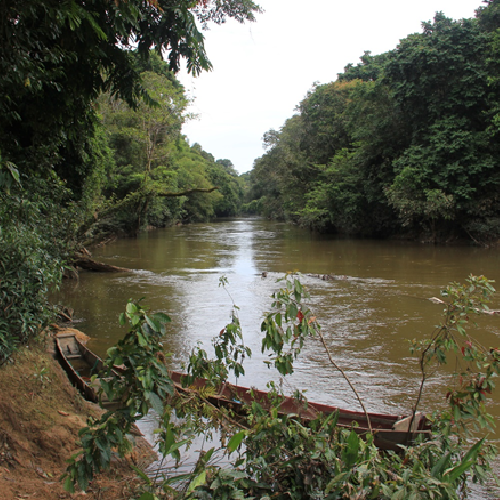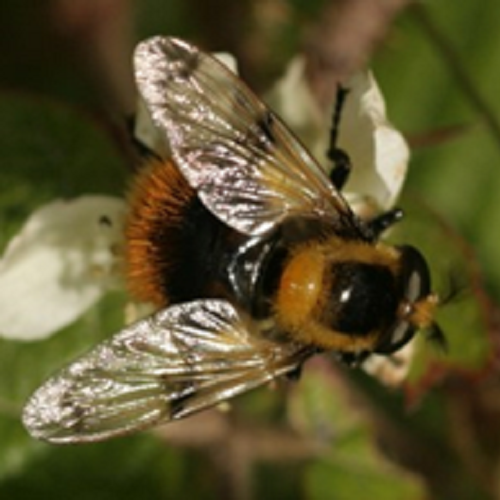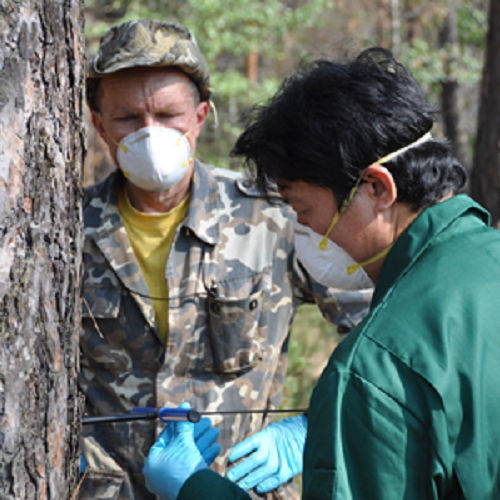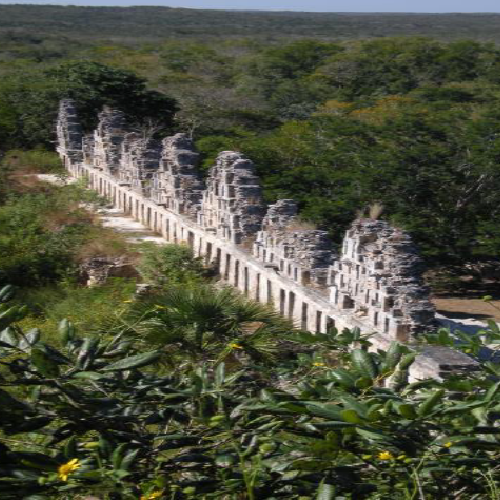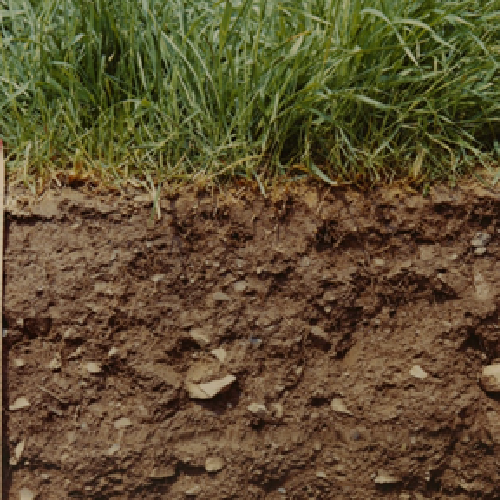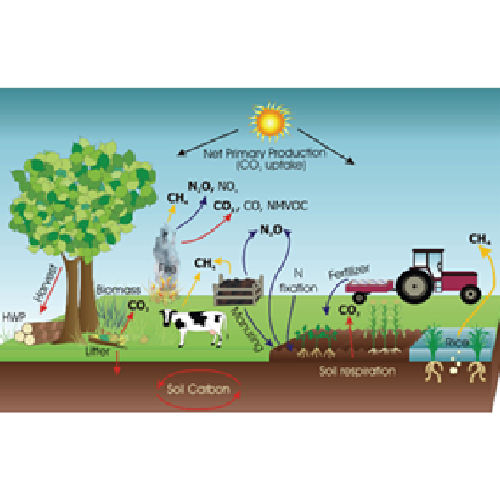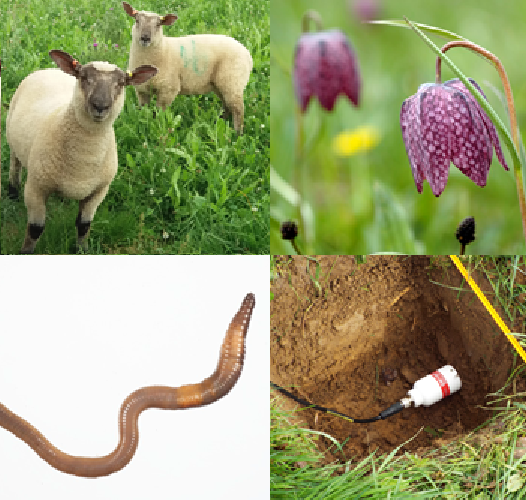We are looking for a versatile student with a keen interest in tropical freshwater ecology and conservation, and willing to undertake exciting molecular analyses to define biodiversity. This project will assess the patterns and drivers of freshwater invertebrate diversity in a Bornean river basin. This will be done by combining methods from hydro-ecology, molecular ecology […]
Read More
Complex species interactions make the impacts of global environmental change difficult to foresee. Understanding the ecological and evolutionary relationships between species, and the way that the fitness of a species is affected by changes in community composition, is essential in order to predict shifts in species distributions and patterns of biodiversity. In this project, we […]
Read More
You have probably heard of the Anthropocene? But, what is it and when did it actually begin? Scientists are certainly still arguing over the second of these questions. The most recent epoch in Earth’s history is defined by the pollution that Man has created – microplastics, technofossils and synthetic chemicals, to name but three. Radioactive […]
Read More
Poor outdoor air quality, particularly that associated with high concentrations of very fine particles (PM2.5) has been identified globally as a major cause of early mortality. In the UK, DEFRA have identified it as the country’s largest environmental health risk, contributing to long-term illness and shorter life expectancy. This impact appears to be greatest in […]
Read More
The potential role of changes in total solar irradiance (TSI) (sun spots) in driving climatic variability has been widely cited and hotly debated. This is particularly true in the tropical Americas, where a ~200 year irradiance cycle, has been identified in a number of key records, including Lake Chichancanab, in the Maya lowlands of southern […]
Read More
Human populations are expected to increase by 50% to 9 billion by 2050 as climate change continues. The global challenge is to manage terrestrial ecosystems sustainably whilst mitigating climate change. One option is to reverse global soil organic carbon (SOC) losses and increase soil carbon stocks by 0.4% per year (i.e. the ‘4 per mille’ […]
Read More
Nitrogen inputs into agricultural systems are an essential requirement for healthy, high yielding crop production, but they can also result in the release of excess N either by leaching or by emission of the highly reactive greenhouse gas (GHG) N2O. In the UK, direct N2O emissions from soil accounted for about 50.5% of all N2O […]
Read More
The need to produce healthy and food sustainably is reliant on healthy soil. This is certainly true of grassland ecosystems on which over half of the people of the Earth rely for their livelihoods and wellbeing. Grasslands supply food, fibre, fuel and more to humans globally and are under pressure and management to deliver more. […]
Read More
Many plant species, including numerous agricultural ones, depend on pollinator services; yet agricultural intensification and urbanisation have caused habitat loss and fragmentation, leading to substantial declines of some pollinators. Any forecasts, risk assessments and remedies thus hinge crucially on understanding how pollinators use space; however, most studies of pollinator spatial movements have taken place over […]
Read More
Nature of the problem: Contamination of the terrestrial, freshwater and marine biosphere by microplastics is now widely recognised as one of the world’s greatest pollution threats. Microplastics (plastics <5 mm) originate from the fragmentation of large plastic litter or from direct environmental emission. Most plastics arriving in the oceans were produced, used, and often disposed […]
Read More

